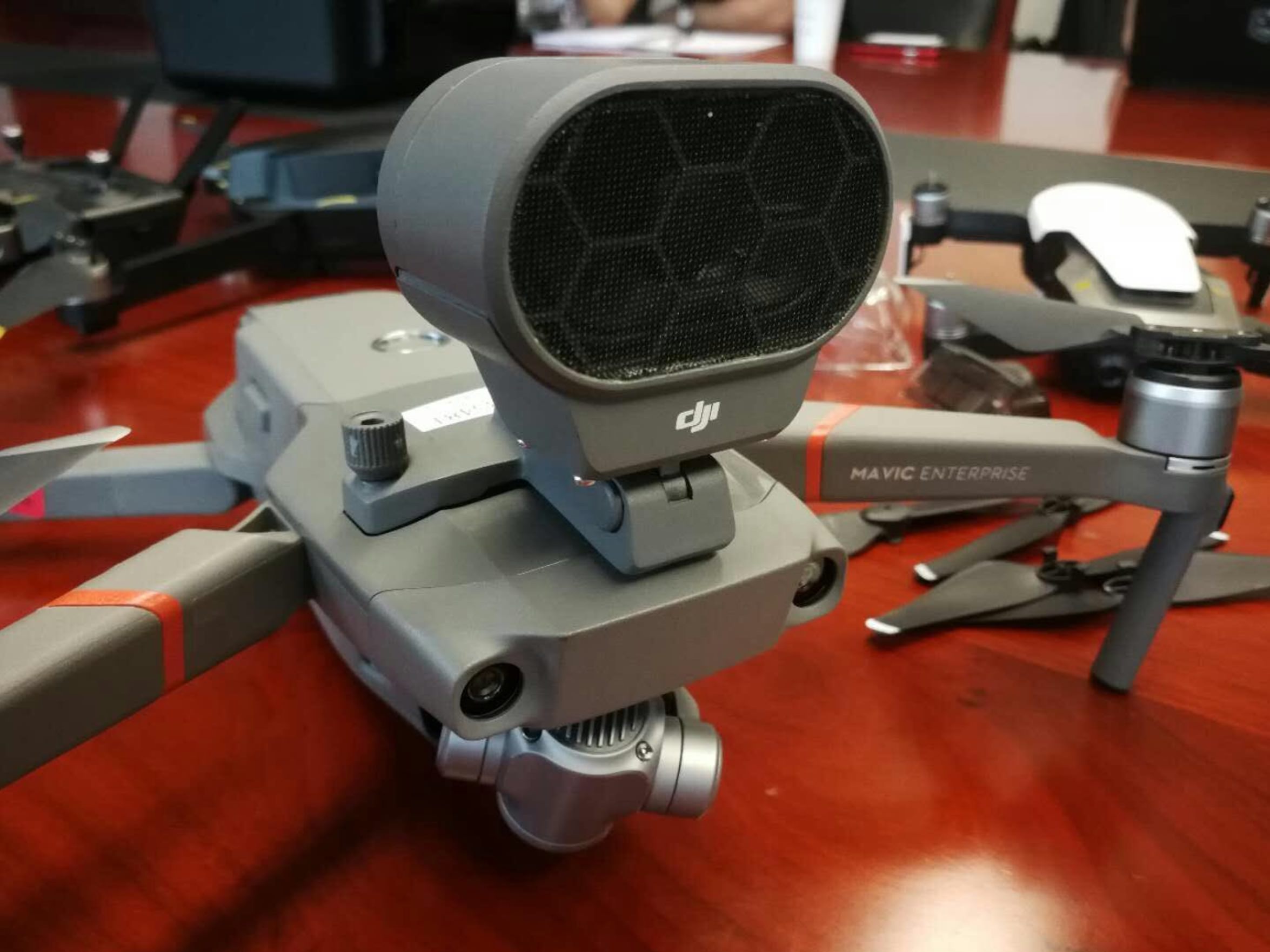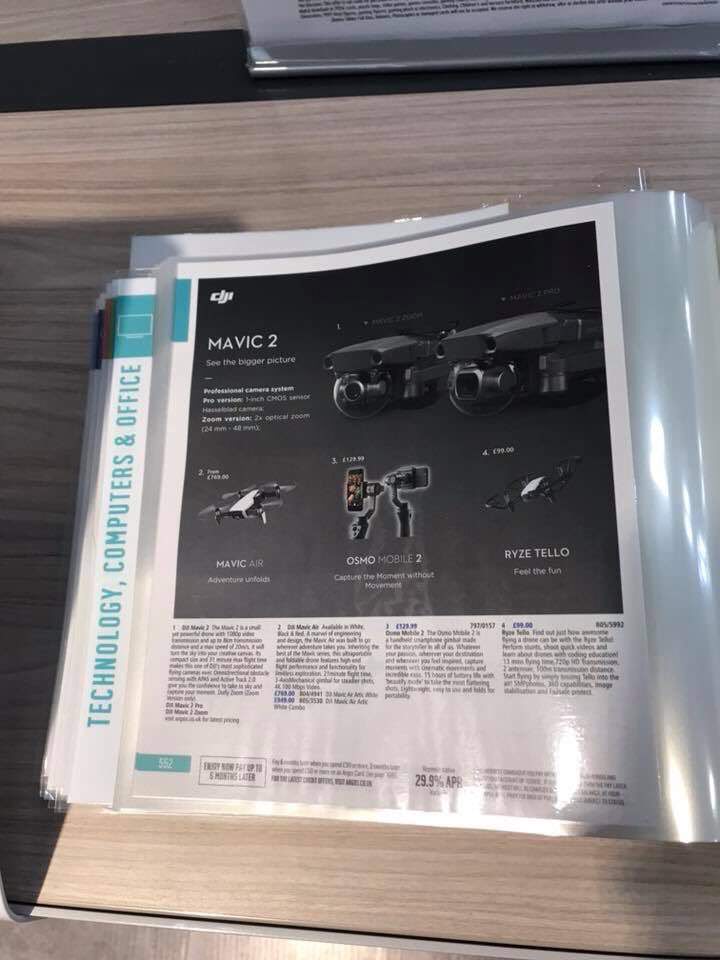- Joined
- Aug 25, 2017
- Messages
- 116
- Reactions
- 103
- Age
- 51
Yes I guess this must be a different model.The Enterprise, beam me up Scotty. The strobe or whatever it is doesn't seem to fit very tight against the body of the maverick. It looks like an afterthought.














